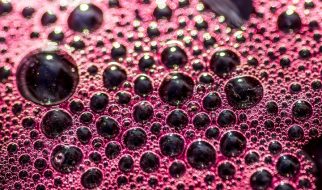While both red and white wine are made using loosely similar ingredients and methods, the similarities between the two pretty much end there. In many ways, red and white wine are complete opposites, but versatility is one of the features that makes wine such a well-loved beverage. In being totally different from each other, red and white wine provide a wide spectrum of options to wine drinkers.
1. Grape choice
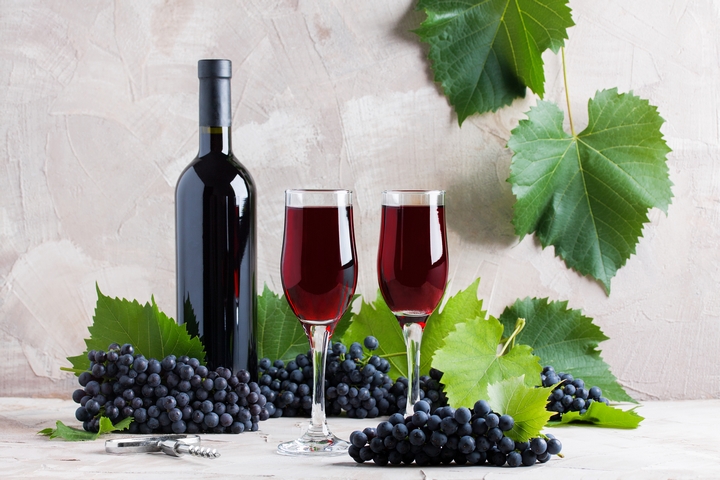
The types of grapes used are one of the biggest differentiators between red and white wine. While white wines can be made from either the traditional white-wine grapes – which are very light in colour, and range from green to yellow in colour – they can also be made from the same red coloured grapes as red wine are. Red wines, however, can only be made from red grapes.
2. Soaking in the skins
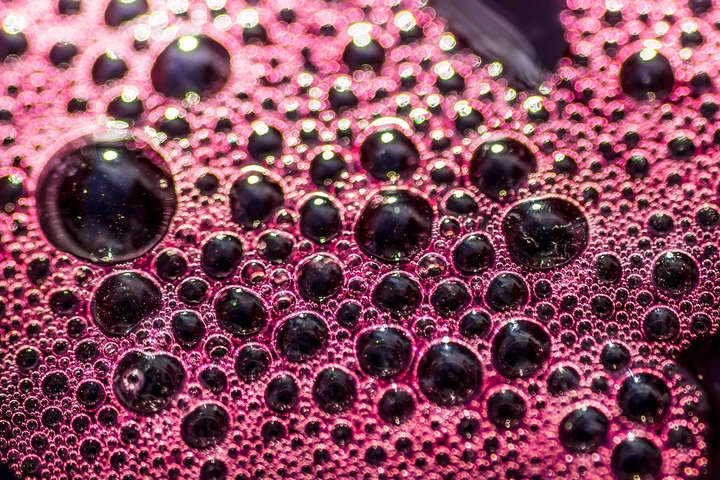
Red and white wines really differ in their respective fermentation processes. The reason why white wines can be made from red grapes is because it is only the skin of the grape that gives the wine its colour. The juice of both white and red grapes is always a light colour.
With white wine, the juice of the grape is generally taken out of the skins fairly quickly to begin the fermentation process, however with red wine the juice is left to soak in the skin – as well as other parts of the grape like the seeds and the stems – for several days or even weeks.
3. Aging
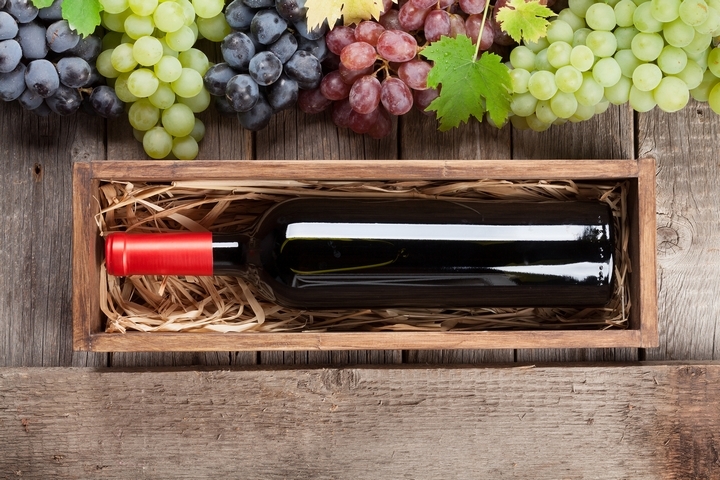
Red wine, due to the tannins that are usually found in it, is often able to age longer than white wine. That being said, it is a common misconception that all wine, or all red wine, gets better with age. In fact, lower tannin red wines would be in the same boat as many white wines, and just wouldn’t be any good after about 10 years.
As a general rule, the higher the levels of tannin in a wine are, the more aging-friendly it will be.
4. Flavour

It may seem obvious, but red and white wine exhibit very different flavours. To generalize, red wine is known for containing more complex, rustic flavours like wood, tobacco, leather, and earth. Fruitier red wines bring out flavours of berries – rich, red and dark coloured berries like strawberries, blackberries, and cherries.
Meanwhile, white wines are known for being generally lighter and fruitier, and bring out fruits like pears, apples, apricots, peaches, and citrus fruits.
5. Food pairing

While the perfect red or white wine can be found for almost any meal, some combinations are more difficult to make than others. Pairing wine with food can bring out the best flavours in both, and for an easy pair there are some general rules. For richer flavours and red meats, pair the meal with a red wine. For lighter flavours, chicken, and seafood, opt for a white wine.
6. Presentation
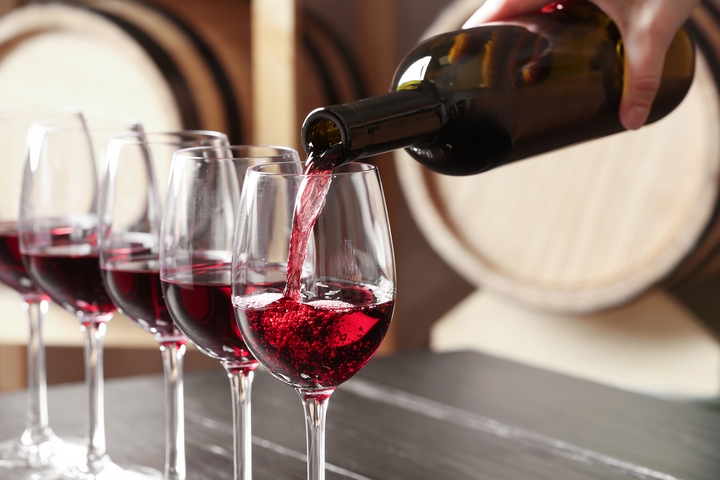
Red and white wine are typically served in different styles of glasses, and there is an actual reason why this is done. Red wine is most commonly served in a glass that is taller and that has a very big, round bowl. This is to allow more space for the scents and flavours in the wine to emerge, since red wine typically has bolder and stronger scents and flavours.
White wine glasses are typically less large around and are made of thinner glass. This is a typical definition to generalize the two types, however there are multiple different styles of glasses used for both red and white wines which help to accentuate the different features a wine can have.









